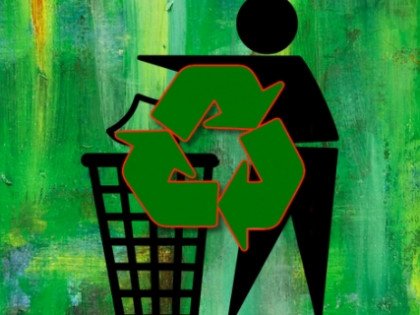BatTRI-Hub claims: “Sodium-ion batteries are the future of safe energy storage.” In a press release from Hub Director Professor Maria Forsyth, she said their new research “has proven the viability of sodium-ion batteries, which can be cheaper and safer than their lithium-ion counterparts.”
Sodium-ion batteries are capable of higher rates of charge and discharge cycles, and aren't affected by the potential explosive problems impacting products that use lithium-ion cells.
Professor Forsyth added: “Unlike lithium-ion batteries, the key components of sodium-ion batteries are synthesised from low-cost, abundant materials with secure supply chains. There's a lot of opportunity here because of the cost benefits and availability, and it can also be a drop-in technology for manufacturers currently using lithium-ion, without the need for a complete re-tooling of their manufacturing process."
Although the technology has been investigated for decades, sodium-ion tech has never entered mainstream use. The Hub has managed to develop a high-stability electrolyte, news of which has been published in Advanced Energy Materials journal.
The electrolyte is a new-generation electrolyte, consisting of an ionic liquid similar to a salt solution.
“Given the significance of reliable and sustainable energy to the modern world, the development of energy storage solutions is critical,” continued Professor Forsyth. “Batteries are an inseparable part of this, and as society continues to grow and evolve, so too must battery technologies.”
Ames Laboratory has also made advances in battery tech in research published in the Journal of Physical Chemistry C. It shot charged atomic nuclei at graphite in a high vacuum. This resulted in the graphite having a pitted surface. Under a high temperature environment, 327-527 degrees Celsius, the graphite was then coated with copper deposits. The end result was multiple layers of copper islands surrounded by and covered with graphene layers.
Ann Lii-Rosales, one of the researchers at Ames Laboratory, commented on their work: “Copper is a highly conductive material but susceptible to oxidation. Being able to successfully embed it just underneath the surface of graphite protects the copper, and suggests a number of potential applications, including battery technology.”
The research builds on works the team conducted last year where they compressed dysprosium, a magnetic rare-earth metal, in a similar fashion. The success with dysprosium drove them to test out a range of possibilities.
Pat Thiel, another Ames researcher and Iowa State professor, explained: “We’re pretty excited by this because we didn’t expect it. Copper doesn’t seem to interact strongly or favourably with graphitic materials at all, so this was a big surprise. It really challenges us to understand the reasons and mechanisms involved.”
Dave Cross
Journalist at POTVDave is a freelance writer; with articles on music, motorbikes, football, pop-science, vaping and tobacco harm reduction in Sounds, Melody Maker, UBG, AWoL, Bike, When Saturday Comes, Vape News Magazine, and syndicated across the Johnston Press group. He was published in an anthology of “Greatest Football Writing”, but still believes this was a mistake. Dave contributes sketches to comedy shows and used to co-host a radio sketch show. He’s worked with numerous start-ups to develop content for their websites.
Join the discussion
UKVIA Responds to Material Focus Research
Trade body the UK Vaping Industry Association (UKVIA) has responded to research conducted by Material Focus that discovered number of dumped disposables has soared
Disposables Waste Quadruples
The number of disposable single-use vapes thrown away in a year has quadrupled – and in the region of 5 million disposable vapes per week are being dumped
Stolen Samsung Warning
Lawyers acting on behalf of Samsung are reminding us not to sell you any of their batteries in case they’re used for anything and order us to warn you about stolen batteries because reasons
Sustainability In Focus
Seven years after Planet of the Vapes started banging on about vape waste, companies are beginning to come on board and address the sustainability of their operations











